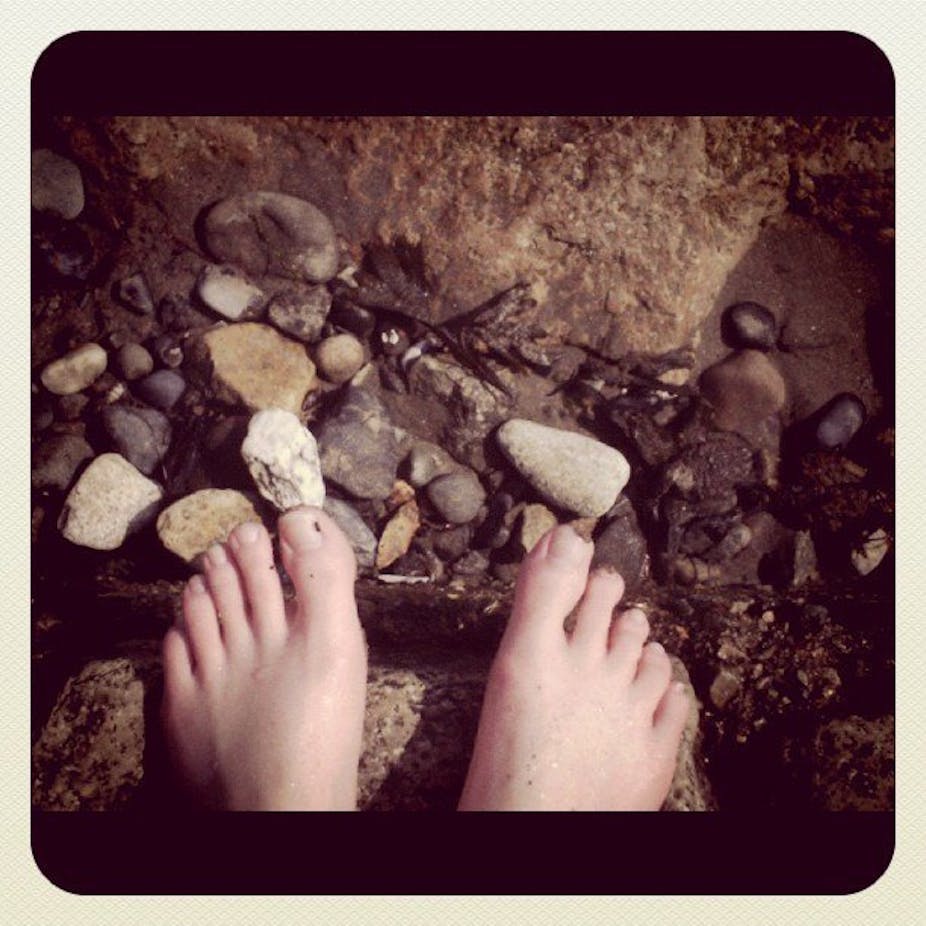Here’s a scene that might be familiar: it’s an invitingly sunny day yet, infuriatingly, the kids remain sprawled, skinny and listless, on the couch. They’re peering into tiny Nintendo machines and every few minutes a fight breaks out. For the hundredth time you’re thinking: wouldn’t it be bliss if they just went outside? Isn’t that what summer holidays are supposed to be about?
After all, it never used to be like this. Surely holidays should be about chasing butterflies, capturing caterpillars, poking and prodding things in rock pools and collecting shells.
Here, four researchers who spend a lot of time outside suggest some tricks that might work.
Getting outside could become a career - Jessica Drake
My childhood holidays were always filled with outdoor adventures.
Reflecting on the fun I had as a kid, I realised there were a few things that really helped me to be inspired to get outside.
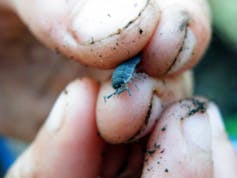
If I knew I was on a day-long expedition, I’d be ready and equipped. I’d have provisions: lunch and snacks, water bottle and a hat. I also had some basic investigating gear: a spade, bug catcher, buckets and a magnifying glass. These were all things to help me find bugs, look at stuff, and to make me feel like I was on a journey of great discovery!
I was allowed to get dirty. I had gumboots, old clothes and bath time as soon as I came inside. Getting covered in mud and twigs in your hair is all part of the outdoor exploring experience.
I also made two bug houses. One was a brightly decorated ice-cream container with holes in the lid and pre-prepared with lettuce, leaves and sticks. My deluxe bug home was a tub of dirt with rocks, a small gnome and moss. Both were excellent for studying bugs. And I believed they were much nicer homes than the underside of rocks or cracks from which I found them.
I was also allowed to help with the veggie garden. Seeing things grow and eating them was so rewarding and exciting. I would often help weed, pick veggies and plant seedlings. Sometimes I would collect seeds from giant Russian Sunflowers. Other days I would sit in the massive strawberry patch picking one for me and one for the bucket.

If we went on holiday, I would write a holiday diary. I would rummage for interesting things at the beach or in the forest. And as soon as we got home, I’d enthusiastically stick them in my diary along with a description about where I found it and what I thought it was.
Today, my holidays now seem to be much the same. Hiking and looking for interesting fungi or plants. And I still like looking for interesting things scattered on the beach.
Let the kids ‘go wild’ these holidays - Kathryn Eyles
What are you planning for the holidays? Whether you stay at home or are lucky enough to get to the coast, or the bush, send your kids outside to commune with nature. Their health and well being may depend on it.
There’s plenty of talk about disconnection of kids from nature, so called “nature deficit disorder”. Richard Louv writes that contact with nature is essential for the emotional development of children, inspiring their creativity and feeding their curiosity.
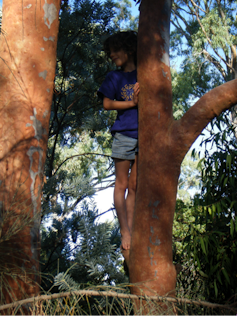
It seems though we are all too busy with gadgets and structured activities and as parents too “risk averse”, leaving little downtime and freedom for kids to roam and play outdoors.
So chill out this summer and give your kids a license to explore their surrounds. Kids love being at the coast: let them wander off to go beachcombing; set up a competition with other kids for the best sand structures (but don’t help or hover); give them hand-reels and bait and let them dangle their line off a rock wall or teach them to snorkel to encounter fish up close around the rock ledges fringing our beaches. If they have never learnt to surf, enroll them in a class or borrow a board and let them have a go themselves.
If staying home, let the kids camp out. Stick up a tent, give them a torch and they can star gaze and listen to the sounds of the night. Send them off to fossick in the local reserve - feathers, seedpods, and bark can be used for all sorts of creations - or get a group of kids together to clean up the local park (with gloves and strong bags). They are never too young to develop a care ethic for public spaces.
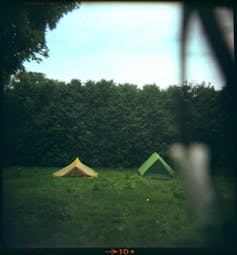
Invest in a pair of binoculars and a field guide and so the kids can spot birds in your garden (or local park). Teach them to identify birds by their size, plumage, beak shape and behaviour and to listen to their calls. Compile a bird list and perhaps make bird-watching a regular family activity by participating in Birds Australia’s Birds in the Backyard project. Every season brings different birds into the garden and this learning will be retained and recalled over their lives when they spot birds elsewhere.
Teenagers can be a challenge – often reluctant to do the family holiday and happy to share their misery. Rather than moping inside, give them a space to hang away from the rest of you. Rig up a tarp under trees, give them blankets and cushions so they can create their own cabana and lie around with their I-thingos. The fresh air, dappled green and blues of summer just might improve their mood. Or drop them off with friends at a self-guided nature walk and give them a few hours before you meet them back at the reserve car park.
Native animals are all around you - Karl Vernes
Whatever the kids (and you) get up to this summer, a regular dose of nature is a healthy way to start the new year.
Most people, myself included, look at camping or a summer picnic as a way to get outside and connect with nature. When I go bush with my family, I try to add some fun natural history to the outing. Mammals, birds, frogs and lizards all abound in the Australian bush, and wildlife are a natural curiosity to kids and adults alike. You don’t need much equipment (and only a little knowledge) to teach kids a little about our wildlife.
If you’re camped beside a creek, find a deep, slow-moving section and return just before dusk, and sit yourself quietly on the bank and watch for platypus and native water rats. Be quiet and don’t make sudden moves – these animals are shy and easily scared off!
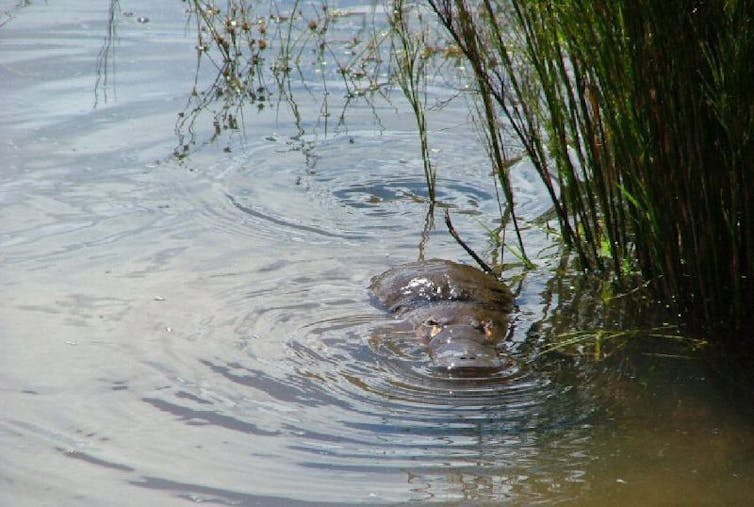
If you’ve got a strong torch with a fairly targeted beam, try spotlighting for nocturnal mammals like possums, gliders, and koalas. Hold the torch close to your head and you’ll get the reflected “eye shine” back from these animals, which makes them easy to find in the trees. If you have binoculars, you can get a great look.
Early morning is the best time for seeing and hearing birds. They’ll be active and making contact with their family group after the long and dangerous night, and asserting territorial boundaries with rival groups. The bonus is that you can enjoy the dawn chorus from the comfort of your sleeping bag, and birds are active right at the camp. Having trouble making sense of all those calls and colour patterns? Buy a good bird guide from any bookshop, or even better still, get a bird guide app for your smart phone that will show pictures and play back the calls.
How NOT to get the kids into nature during the holidays - Susan Lawler
As a working ecologist I am often required to spend days in remote locations doing unusual things. As a mother this meant that my son got dragged along on many adventures not of his choosing.
Sometimes he was literally dragged. When he was four years old I put him in a life vest and wedged him into an inner tube which was tied by a rope to my waist. This allowed him to bob along on the surface, carefree but firmly tethered, while I worked underwater.
We were catching hellbenders (large salamanders) in a fast flowing river, which required several strong swimmers working in teams. We would dive underwater and lift large flat rocks, some as big as my desk, so that one of us could grab the salamanders that hid underneath them.

The river was full of rocks, some of which stuck up above the water, and at one point the current and my location conspired to put my son in the current where his bum kept bumping against a pointy rock, and there was nothing he could do about it. He bellowed for me, but I would have killed my colleague if I had let go of the rock underwater.
My son was annoyed that I would not move for his comfort, and I think he got a bruise. That may have been when he first began to suspect that nature was not always a fun place for children.
About ten years later we were counting feral honey bees in Wyperfeld National Park. The work consisted of surveying trees throughout the park, a gruelling schedule of driving along bumpy dirt tracks, walking around with binoculars and writing observations on clipboards. My son had done it all before and decided to stay in camp one afternoon to read his book.
We were in a semi-arid environment in the dry season, and the bees were desperate for moisture. The lid of the esky was not properly closed and the smell of water attracted a huge swarm of thirsty bees. I was working in another part of the park, so my son was quite alone in the campsite. He had to hide in his tent with the buzzing all around him and no place to run.
When we got back to camp hours later, the swarm was larger than the picnic table. There were so many of them that they drank the esky dry. My son jumped into the truck and stayed there for dinner. He did not get stung, thankfully, but he’ll never forget it.
My son’s relationship with nature was marred by the fact that it was always first and foremost his mother’s workplace. I think he now feels ambivalent about wilderness experiences, and that is my fault.
If you want your kids to love the outdoors, don’t do what I did. Design age-appropriate activities for your children. Look for walks that they can do themselves, campsites with amenities, and find activities that are not actually dangerous. Then even if you are just dragging them along, you can still create pleasant memories for everyone.

